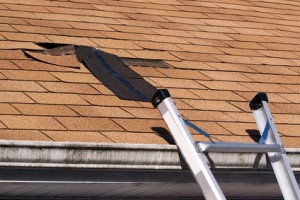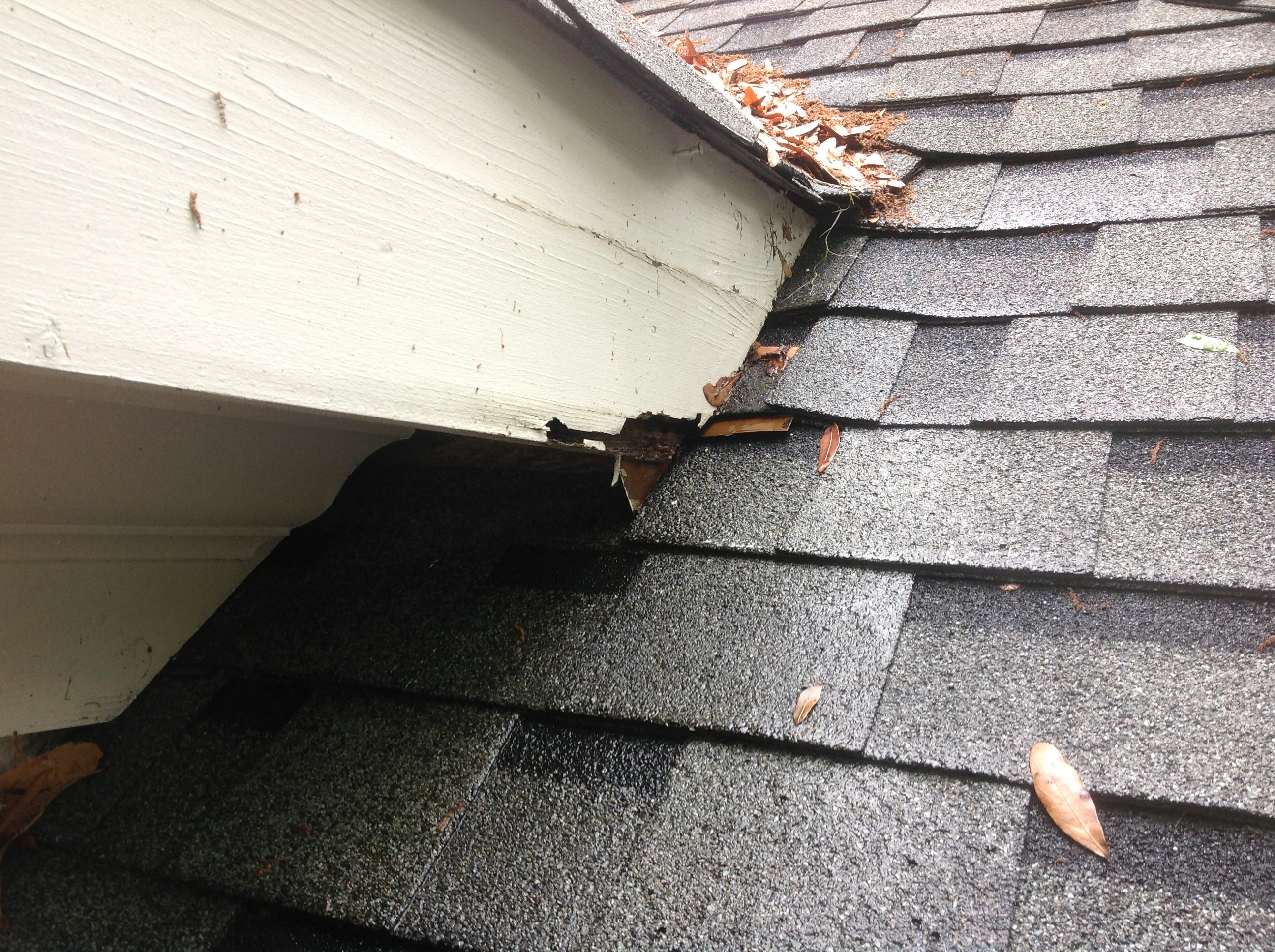Roofing Oahu: Professional Roofing Contractors for Your Oahu Residential property
Roofing Oahu: Professional Roofing Contractors for Your Oahu Residential property
Blog Article
Recognizing the Different Kinds Of Roofings: A Comprehensive Guide for Homeowners
In the realm of homeownership, selecting the appropriate roof covering style is a decision that lugs significant implications for both performance and visual charm. With a range of choices-- varying from the traditional gable to the contemporary level-- each kind provides one-of-a-kind benefits and difficulties that ought to line up with the property owner's specific requirements and ecological considerations. Comprehending these differences not just aids in making an educated option but also influences long-lasting upkeep and power efficiency. As we discover the details of numerous roofing system kinds, it becomes obvious that size does not fit all; the right option may stun you.
Saddleback Roof
Gable roof coverings, defined by their triangular shape, are amongst the most preferred roof styles because of their simpleness and efficiency in dropping water and snow. This layout includes two sloping sides that satisfy at a ridge, permitting effective drain and decreasing the threat of water build-up. The steep pitch commonly related to gable roof coverings boosts their capacity to deal with heavy precipitation, making them ideal for various climates.
In addition to their practical advantages, gable roofs offer visual adaptability. They can be adapted to different building designs, from typical to contemporary homes. The design can also suit extra attributes such as dormer windows, which improve all-natural light and ventilation in the attic room space.
Moreover, gable roofings provide adequate room for insulation, contributing to power performance. Property owners can select from a range of roof products, including asphalt roof shingles, steel, and tiles, further enhancing modification options.
Despite their benefits, gable roofing systems may call for added assistance in locations susceptible to high winds or hefty snowfall. In general, the gable roof stays a popular choice due to its mix of capability, durability, and visual appeal.
Flat Roofs
Level roof coverings are commonly recognized for their minimal layout and sensible applications, especially in commercial and commercial settings (oahu roofing). These roofing systems feature a virtually straight or straight surface area, which allows for very easy building and construction and versatile space use. While they may lack the visual charm of angled roofs, flat roof coverings offer numerous benefits, particularly in metropolitan settings where taking full advantage of room is vital
Among the main advantages of level roofs is their access. Property owners can use the roof covering space for various functions, such as roof gardens, terraces, or solar panel installments. Additionally, flat roofing systems are usually more cost-effective to maintain and set up contrasted to their sloped equivalents, as they require less materials and labor.
Nevertheless, flat roof coverings do existing certain difficulties. Appropriate water drainage is important to stop water merging, which can result in leaks and structural damages. Therefore, choosing high-quality waterproofing materials and regular examinations are crucial for making sure durability. Typical materials made use of for flat roofings include built-up roof covering (BUR), customized bitumen, and single-ply membranes, each offering distinct advantages. In general, flat roofings act as a adaptable and practical option for numerous property owners and services alike.
Hip Roofings
Hip roofs are identified by their sloped sides that merge on top, forming a ridge. This style stands out from saddleback roofs, as all four sides of a hip roofing system incline downwards towards the wall surfaces, giving a more steady structure. The angle of the slopes find out here now can vary, enabling versatility in building looks and capability.
Among the main advantages of hip roofs is their capability to endure heavy winds and adverse weather. The sloped surface areas make it possible for far better water drain, decreasing the risk of leaks and water damages. Furthermore, hip roofing systems provide increased attic area, which can be made use of for storage space or even converted right into habitable locations.
However, building a hip roof covering can be a lot more costly and intricate than easier roofing types, such as gable roof coverings. The additional material and labor associated with producing the inclines and ensuring correct structural honesty can result in higher expenditures. Regardless of these downsides, many homeowners prefer hip roofing systems for their sturdiness, aesthetic charm, and potential for power effectiveness.
Mansard Roof Coverings
Mansard roofings, typically identified by their special four-sided style, attribute 2 inclines on each side, with the lower incline being steeper than the top. This building style, stemming from France in the 17th century, is not just visually attractive but practical, as it optimizes the useful space in the top floorings of a structure. The steep reduced slope enables for more clearance, making it an excellent selection for attic rooms or lofts, which can be exchanged living rooms.
Mansard roofs are characterized by their convenience, accommodating different architectural designs, from conventional to contemporary. They can be created with different materials, consisting of asphalt shingles, slate, or steel, supplying home owners with a you can look here series of alternatives to match their choices and budget plans. Furthermore, the design enables the integration of dormer windows, enhancing all-natural light and ventilation in the top degrees.
Nonetheless, it is necessary to consider the possible downsides. Mansard roofs might need even more upkeep as a result of the intricacy of their design, and their steep inclines can be testing for snow and rainfall overflow. Generally, mansard roofing systems incorporate beauty with usefulness, making them a preferred option amongst property owners seeking unique building functions.
Dropped Roofs
As house owners progressively look for simpleness and performance in their building designs, lost roofing systems have emerged as a popular selection. Characterized by a single sloping airplane, a shed roofing provides a minimal aesthetic that matches various home styles, from modern to rustic.
Among the key benefits of a shed roofing is its straightforward building, which commonly translates to reduce labor and product expenses. This design permits for reliable water drainage, lowering the risk of leakages and water damage. In addition, the vertical slope gives sufficient room for skylights, improving natural light within the inside.
Dropped roofs additionally use flexibility in terms of use. They can be efficiently integrated into enhancements, garages, or outdoor structures like sheds and structures. Moreover, this roof design can accommodate numerous roof covering materials, including metal, asphalt roof shingles, and even environment-friendly roofing systems, aligning with environmentally friendly efforts.
Nonetheless, it is necessary to consider local climate problems, as hefty snow loads might demand modifications to the roof's angle or structure. Generally, shed roofing systems provide a useful and aesthetically pleasing alternative for home owners aiming to make best use of capability without endangering design.
Final Thought


Gable roofs, identified by their triangular form, are among the most prominent roof styles due to their simplicity and efficiency in dropping water and snow. oahu roofing. The high pitch typically connected with gable roofing systems enhances their capability to manage heavy rainfall, making them suitable for various climates
While they may lack the visual appeal of pitched roofing systems, level roofing systems offer countless advantages, especially in urban settings where maximizing area is crucial.

Report this page